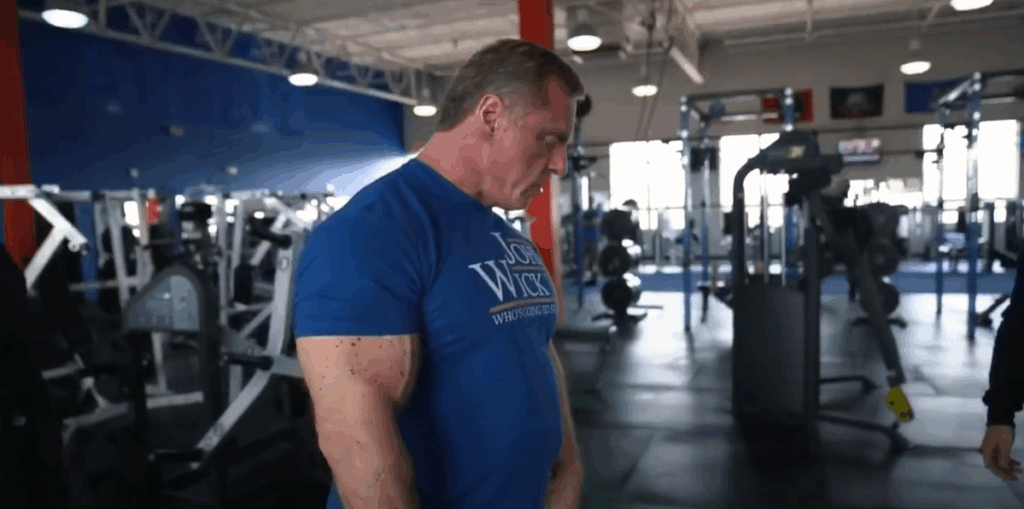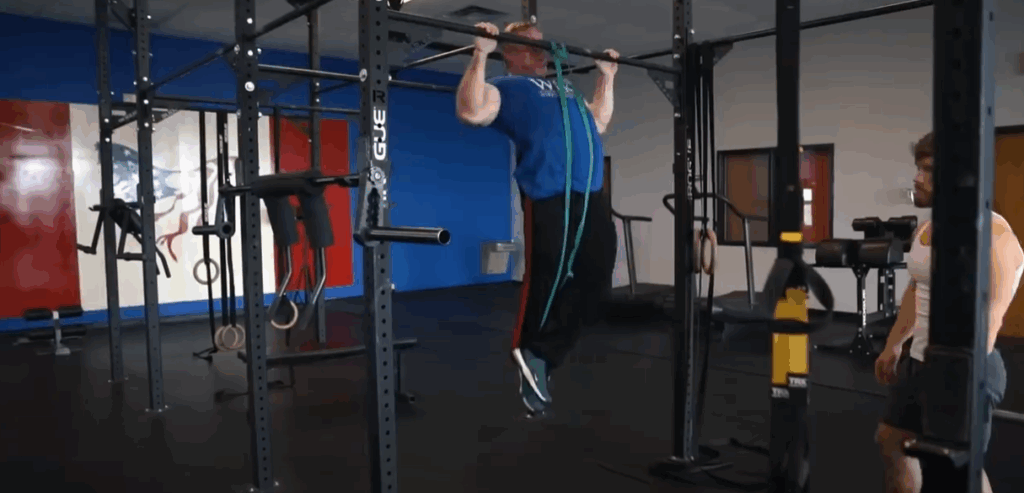How to Maximize Back Gains with Smart Training: A Deep Dive into Advanced Techniques
When it comes to developing a thick, powerful back, it’s not just about lifting heavy—it’s about training with precision. During an intense session in Pickerington, Ohio, I joined renowned bodybuilding coach John Meadows for a comprehensive back workout that was both brutal and strategic. In this article, I’ll break down the training principles and techniques we used, offer tips for proper execution, and explain how intermediate to advanced lifters can use these methods to spark new growth.

Pre-Workout Fuel: The Importance of Strategic Nutrition
Before diving into training, we fueled up with a carb-heavy pre-workout meal. I opted for a protein-rich chicken burrito bowl paired with lemon ricotta pancakes and a kale confit on the side. This blend of fast and slow-digesting carbs, healthy fats, and lean protein was ideal for a high-volume back session. For advanced lifters, meals like this can make a significant difference in performance and recovery.
Exercise 1: Unilateral Lat Pulldown – Focusing on Precision Over Power
We kicked things off with a unilateral lat pulldown using individual handles instead of a fixed bar. This allows for a more natural wrist position, reducing strain and improving mind-muscle connection.
Execution tips:
- Slightly lean back to create a better angle of pull.
- Focus on driving the elbow down, not back, to isolate the lats.
- Avoid scapular retraction—this is a lat-focused movement, not a full upper back pull.
- Incorporate lateral flexion at the bottom to fully contract the lats.
By training one side at a time, you can correct imbalances and develop a better neurological connection, which is often a weak point for many lifters, especially on the non-dominant side.
Exercise 2: Trap Bar Row – Heavy Pulls with Controlled Technique
Next up was a trap bar row using a kabuki-style bar with neutral grips. Unlike traditional rows, this variation allows for a deeper range of motion and a more natural pulling path.
Key pointers:
- Focus on driving elbows behind you while maintaining a stable spine.
- Avoid yanking the weight—initiate each rep with control and end with a full contraction.
- Think about your elbows moving through space rather than pulling with your hands.
This movement heavily recruits the mid-back, including the rhomboids and traps, while still involving the lats. We worked in the 8-10 rep range with one warm-up set and two challenging working sets.

Exercise 3: Banded Pulldown – Targeting the High Lat Fibers
To further refine lat engagement, we moved to banded pulldowns. Unlike machine-based pulldowns, resistance bands provide ascending resistance, making the contraction harder as you pull lower.
Technique tips:
- Use a medium grip and pull to the upper chest.
- Focus on peak contraction at the top of the movement.
- Don’t let momentum take over—keep tension constant throughout the set.
We performed sets of 10-12 reps here. These are excellent for intermediate lifters trying to improve the upper lat tie-in area, often an underdeveloped region in many physiques.
Exercise 4: Seated Row with Adjustable Machine – Emphasizing Rhomboids and Rear Delts
This advanced row machine allowed us to customize the grip width, handle rotation, and footplate position for optimal alignment.
Form focus:
- Use a pronated (overhand) grip for greater engagement of the rhomboids and traps.
- Set your foot placement so your elbows travel directly back in a straight line.
- Control the eccentric portion—lower the weight slowly to maximize tension.
Even though the range of motion may appear short, the deep contraction in the upper back makes this variation incredibly effective. The adjustable design also helps eliminate awkward mechanics, which can otherwise hinder activation.
Programming Structure: Why We Train Bottom to Top
One of the standout features of John’s programming is how he structures back training—starting with the lower lats and progressively working toward the upper back.
Example breakdown:
- Lower Lats: Isolated pulldowns with minimal trap involvement.
- Mid Lats and Teres Major: Compound rows with neutral grips.
- Upper Back and Rhomboids: Seated rows with overhand grips.
- Traps (optional): Shrugs or holds, if needed.
This layered approach ensures that each region of the back is effectively stimulated without over-fatiguing one area too early in the session.

The Truth About Trap Training
For those wondering about direct trap work, John explained he avoids heavy shrugs due to a history of migraines and overdevelopment. However, he noted that deadlifts and rows provide plenty of indirect trap stimulation, especially for those with favorable genetics. If traps are a weak point, he recommends isometric holds at the top of shrugs for 3 seconds per rep—an intense but effective method for upper trap hypertrophy.
Recovery Considerations and Volume Strategy
One major takeaway from this session was that intensity doesn’t always mean going to failure or using crazy weight. The magic lies in controlled reps, proper angles, and maximizing the mind-muscle connection.
We performed roughly two working sets per exercise, which may seem low, but the quality of each rep was extremely high. This kind of “intelligent intensity” minimizes joint wear and enhances muscle fiber recruitment without overtraining.
John also emphasized the importance of listening to your body. If you’re training multiple days in a row, scaling volume appropriately can prevent burnout or soreness that spills into the next session.
Post-Workout Nutrition: Refueling to Grow
After training, we headed out for sushi to reload on protein and carbs. Salmon nigiri, a specialty roll, and edamame offered a clean, nutrient-dense post-workout meal. Even advanced lifters sometimes overlook recovery nutrition—but it’s crucial for maximizing the results of a hard session.
Final Thoughts: Smarter, Not Just Harder
This session was a reminder that back training doesn’t have to be complex to be effective—but it does need to be intentional. By focusing on mechanics, cueing, and muscle function, you can unlock levels of activation that are impossible with sloppy form or ego lifting.
Whether you’re a seasoned bodybuilder or someone looking to improve your physique, integrating these smart strategies into your back workouts will help you break through plateaus and build a dense, balanced posterior chain.



